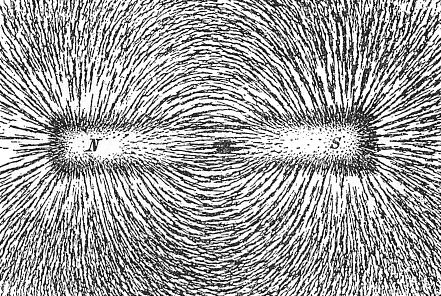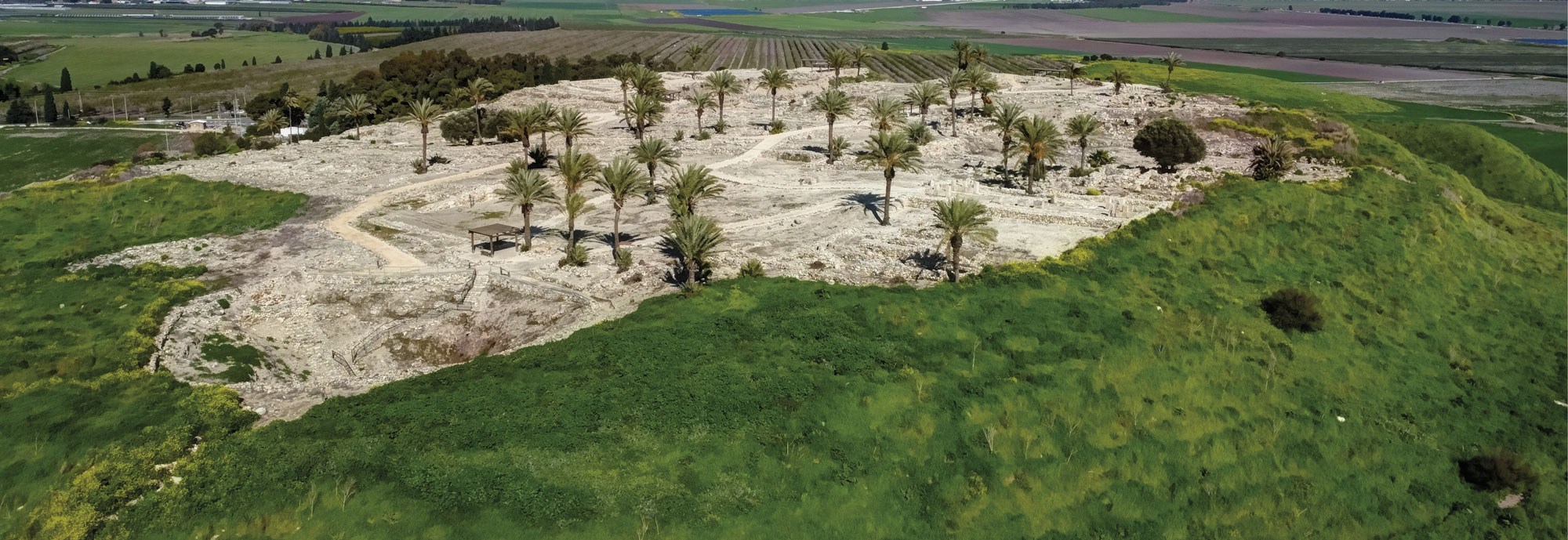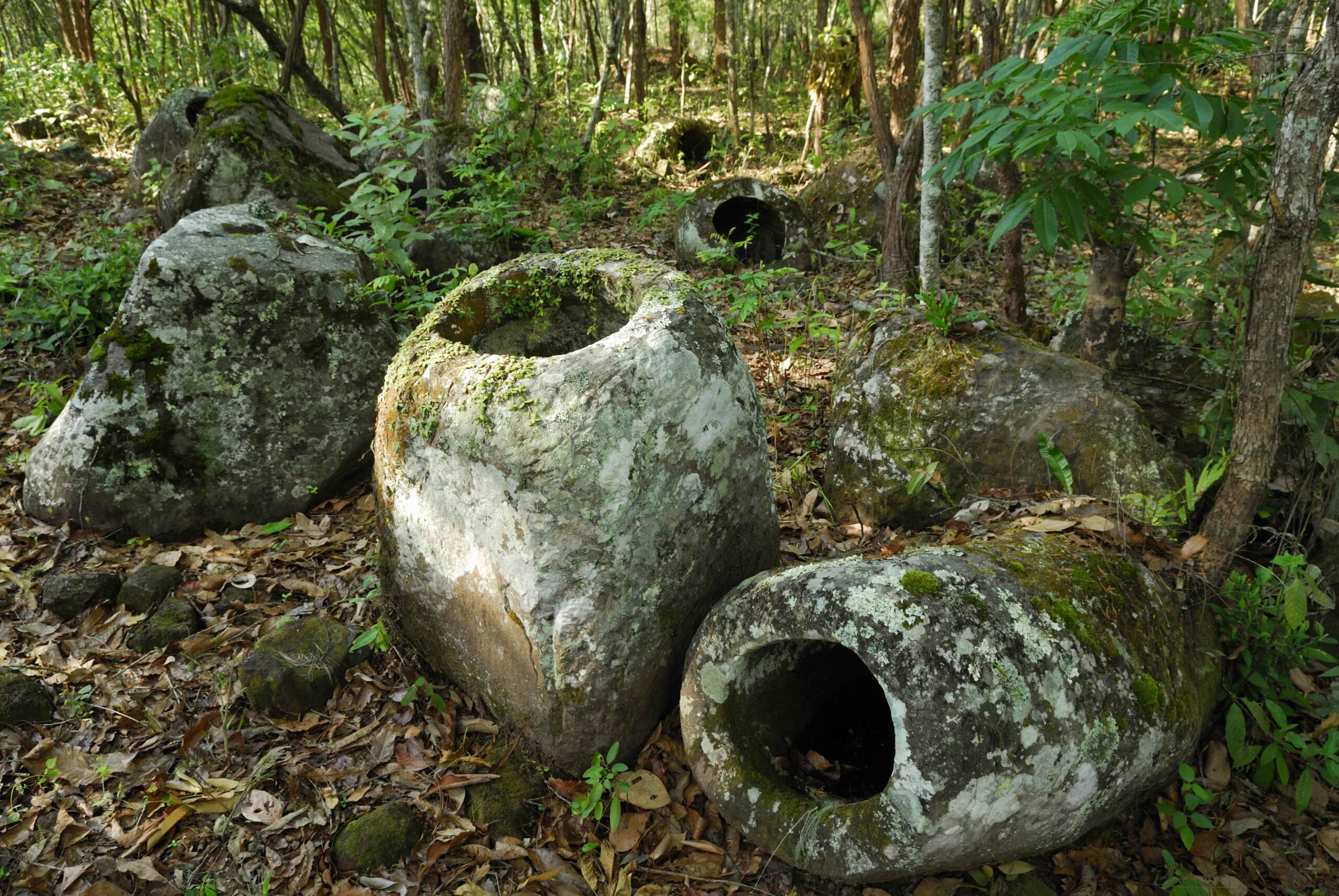
TEL AVIV, ISRAEL—Live Science reports that Erez Ben-Yosef of Tel Aviv University and his colleagues measured fluctuations in the strength of the Earth’s magnetic field using a collection of pottery jugs dating to between the eighth and second centuries B.C. The jugs were marked some 2,500 years ago with administrative stamps by the bureaucracy of the kingdom of Judah, and then fired. The heat locked information regarding the Earth’s geomagnetic field into the iron-containing minerals in the clay, while the stamps provide precise dates. The study suggests that in the Levant, the strength of the magnetic field “fluctuates quite rapidly,” but because the precise locations of where the pottery was fired are not known, the scientists can't determine the direction of the geomagnetic field based on it. The research could help lead to a system of dating heated materials based upon their magnetic properties. For more on archaeology of the kingdom of Judah, go to “Cults of the Bronze Age.”









